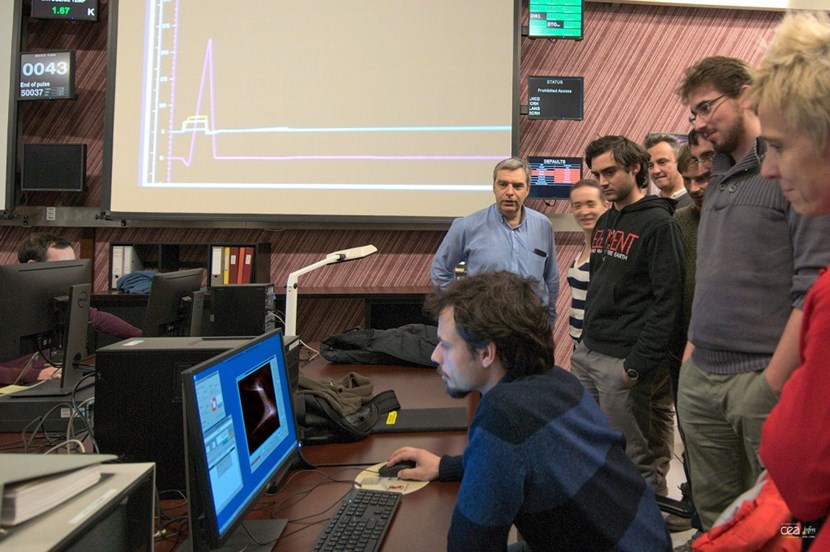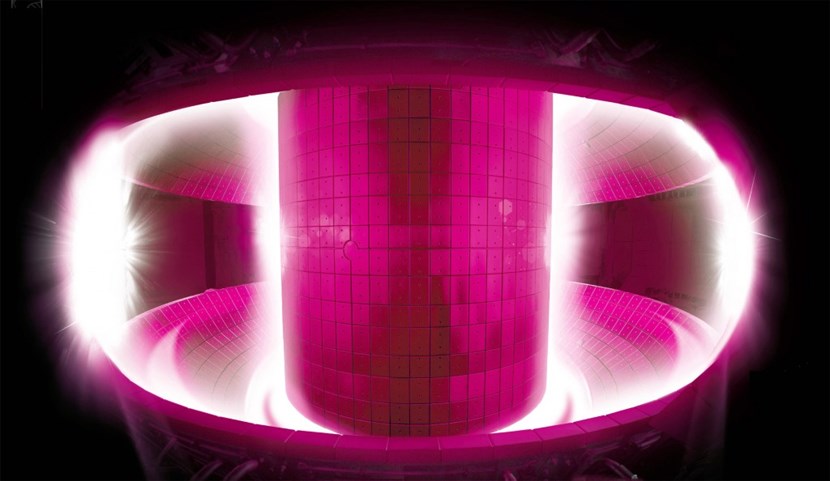
Operational since 1988, the CEA-Euratom tokamak Tore Supra underwent a major transformation and became WEST (W Environment in Steady-state Tokamak), a test bench for ITER. The machine produced its first plasma on 14 December.
This
first plasma rewarded four years of hard work that involved stripping out the 30-year-old machine, adding magnetic coils to confine the originally circular plasma into a "D shape," and trading its carbon-carbon fibre (CFC) "limiter" for an ITER-like tungsten divertor.
Operators at the French Institute for Magnetic Fusion Research (IRFM) are now confident that they can move forward to the first experimental campaign, set to be launched in March 2017. The first phase of the campaign will explore heat load patterns and
H mode transition; the second in October-December 2017 will focus on testing plasma-facing components under the high heat loads of ITER-grade plasmas.

On that very same day, Korea's National Fusion Research Institute (NFRI) announced that the KSTAR tokamak had achieved a record 70-second H-mode plasma.
On the very same day that the IRFM team was (discreetly) celebrating WEST's first plasma, another team, at the other end of the world, also had an achievement to announce: a record 70-second H-mode plasma had just been
recorded by the Korean superconducting tokamak KSTAR.
One month earlier, in mid-November, the Chinese tokamak EAST had
achieved a similar but slightly shorter 60-second steady-state high energy plasma.








